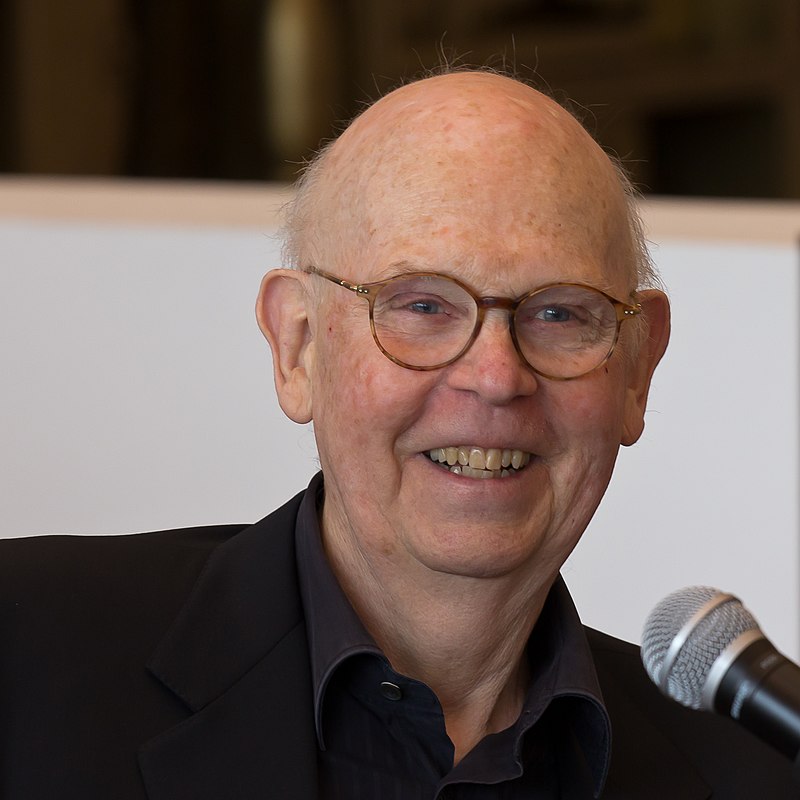
The Association for Public Art is saddened to learn of the passing of Claes Oldenburg (1929-2022), the Swedish-born American Pop artist known for making everyday objects the subject of monuments. He was 93 years old.
WHYY: “Claes Oldenburg, 93, created giant sculptures that became icons of Philly” ››
Oldenburg became well known locally when his iconic Clothespin was installed across from Philadelphia’s City Hall in 1976, becoming the talk of the town. “It has really become to symbolize the city,” said Laura Griffith, the Association for Public Art’s Deputy Director in an interview with WHYY. “Oldenburg frequently tries to promote democracy in his work. And his work always has a bit of humor and wit.”
The city is now home to three other public sculptures by the artist: Split Button (1981) on the University of Pennsylvania campus; Giant Three-Way Plug (1970) at the Philadelphia Museum of Art (installed in 2010); and Paint Torch (2011) at the Pennsylvania Academy of Fine Arts. Many of Oldenburg’s large-scale projects, including the Split Button, were collaborations with his wife, Coosje van Bruggen (1942-2009), who began working with him in 1976.
In 2001, Claes Oldenburg and Coosje van Bruggen were guest speakers at our annual meeting at the Philadelphia Museum of Art. Their talk, “The Spirit of the Monument,” (video above) was given on the 25th anniversary of the Clothespin sculpture in Philadelphia. “It’s typical of all the work that we do – that the object is redesigned,” said Oldenburg about Clothespin. “That is, if you compared this to an actual clothespin, you would see that it is very different. It’s more the idea of a clothespin, and the object is reduced to its absolute essentials and totally deprived of its function. In fact, it has a new function, which is to be the artistic object that it has become.”